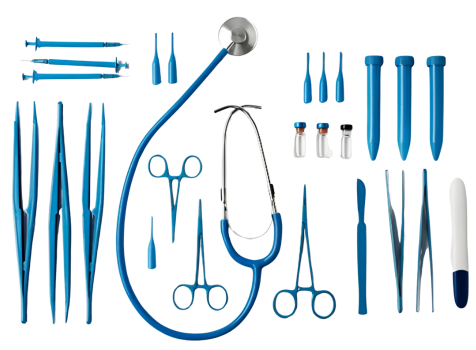Obtaining a medical equipment license requires compliance with regulatory agencies such as the FDA (United States), CE Mark (Europe), CDSCO (India), and others. Devices are classed according to their risk (Class I, II, or III), with higher-risk devices requiring more stringent clearances. The procedure comprises documenting technical requirements, safety data, and clinical studies (if relevant). Manufacturers must follow standards such as ISO 13485 and GMP. Applications are submitted for approval, after which inspections and compliance checks are conducted. Once approved, frequent renewals and post-market surveillance assure the product’s continuous safety and efficacy. Regulations vary by nation, therefore enterprises must comply with the unique criteria of their target market in order to receive legal certification for marketing and distributing medical equipment.

Clinical thermometers :Part1 Solid stem type
3055 (Part 1)Clinical thermometers :Part 2 Enclosed scale type
3055 (Part 2)Diagnostic Medical X-Ray Equipment
7620 (Part 1)No, BIS (Bureau of Indian Standards) is the regulatory body, while ISI (Indian Standards Institute) mark certifies product quality per BIS standards. ISI is a certification under BIS.
In India, certain medical devices are classified as drugs under the Drugs and Cosmetics Act, requiring a CDSCO license. Non-drug category devices do not need a drug license.
ISO 13485 is the globally recognized standard for medical devices, ensuring compliance with regulatory and quality management requirements for design, production, and distribution of medical equipment.
Yes, for certain medical devices notified by the government, BIS certification is mandatory to ensure safety and quality, especially under the Medical Device Rules, 2017 in India.
ISO 13485 is the key standard for medical device manufacturers, focusing on quality management systems, risk management, and regulatory compliance in the design, production, and distribution of medical devices.